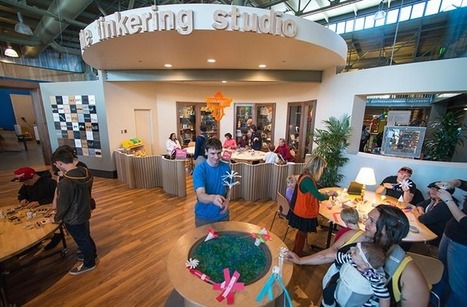As an elementary school science teacher, I find this not easy to admit, but some of my students’ most rewarding and meaningful classes over the years have happened when I have taken a back seat and let my students “tinker.” Whether they want to dam up a stream during a water study, build nests with mud and sticks while investigating local bird populations, or, after completing a set of Lego models, independently design and build spinning Lego tops from which energetic battles ensue, students love having time to explore and investigate independently.
This fall, for example, I let a third-grade class have a “free choice period.” I gave them a list of things that they could do, such as making crystals, handling pet rocks or having a dance party. Instead, they came up with their own idea: they wanted to make boats. So, I gathered materials and allowed them to use handsaws and hot glue guns (which they’d already been taught how to use safely).
Of course, many teachers allow and encourage students to engage in creative play: we know that young children need the chance to explore, daydream, imagine, play and build without an outcome or even a product in mind—a place free from failure, because failure is not even part of the equation. But this often takes place outside the classroom.
Via John Evans



 Your new post is loading...
Your new post is loading...








